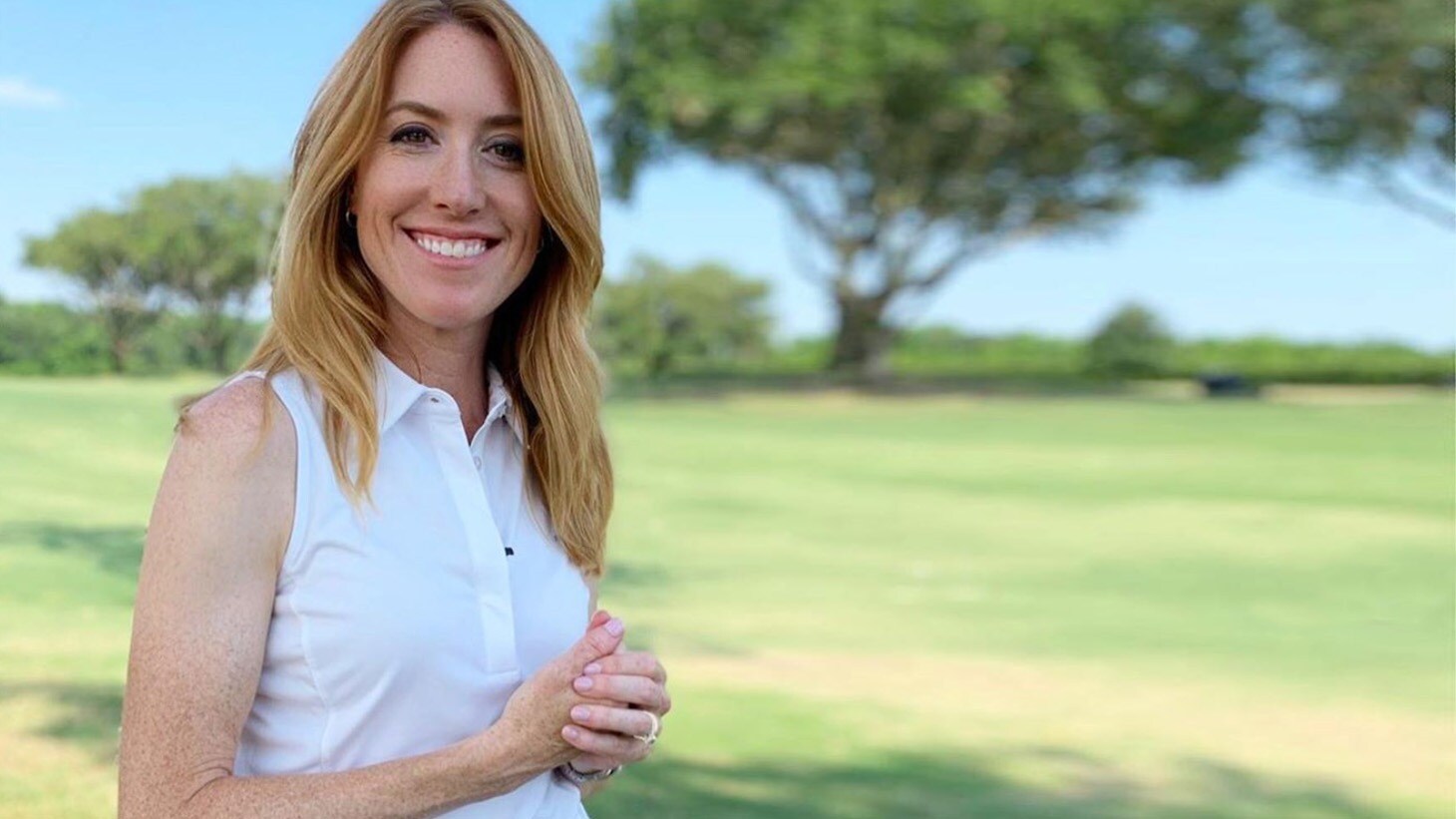
One of the more frustrating things about golf is how fleeting success can be. We've all been on the roller coaster. You play a great round on Saturday, certain that you've unlocked all of golf's deepest secrets. You tee it up again on Sunday and can't hit the ball out of your own shadow.
These wild swings in performance can be devastating. Is it any wonder, then, that "a more consistent game" often tops the wish lists of so many golfers?
Titleist Staff Professional Trillium Rose has certainly heard these pleas from her students and the good news is, a more consistent game is within reach! We all have flaws in our swings, but those flaws can be managed – with some mindful attention to a few important pre-shot details and by building a consistent approach.
Enjoy these training tips from Trillium and let us know how they help you to play better, more often. Please also be sure to check out her Instagram page, follow her on Twitter and explore Trillium's website for more instructional content.
Thanks for the help, Trillium!
• • •
• • •
Setup Drill
"You can't play consistent golf if you don't have sound grip and setup fundamentals. Developing a reliable, repeatable routine for placing your hands on the club and establishing good posture is one of the most important things you can do. It gives you the best chance to make a powerful, athletic move that delivers the clubface squarely." - Trillium
- Place your hands on the club. You should have a sense that the palm of your right hand (for a right-handed golfer) matches the club face. Where the club faces, so too, does your right palm.
- Stand straight up as you grip the club, feet about shoulder width apart. Let your arms extend and rest on the font of your torso as you hold your hands at about waist height.
- Hinge your wrists up until the club head is at about eye level.
- Check the leading edge of the club. It should be pointing straight up and down (square face).
- From here, squeeze your glutes, keep your spine straight and use your glutes to tilt forward from your hip joints. Let the club head fall gently as you bend from the hips. Where it falls is roughly how far you should stand from the ball.
- From here, be mindful of what your lead arm (left arm for a right-handed golfer) feels like against the side of your chest. It's important to establish this same feel and connection on every golf swing you make.
• • •
Path Drill
"On short shots like bump-and-runs and short chips, it's important to develop a motion that's governed by the big muscles of your trunk and core. If you're inconsistent on these types of shots, you can almost always trace it back to overactive hands and arms." - Trillium
- This is a drill for half shots – swings no more than waist-high back and through.
- Set up two alignment sticks parallel to one another and roughly two club head widths apart.
- Imagine a ball lying in the absolute center, in between the two sticks.
- Address this ball position and, keeping your arms fairly straight, use your torso to move the club.
- The goal is to keep the club head in between the two sticks as you swing back and through. If the club drifts outside the lane formed by the sticks, take a look at your hands, wrists and arms to make sure that you're keeping them stable and quiet.
- Also be mindful of the alignment of your clubface as you swing back to waist height. The face should be neutral, with the toe of the club pointing upward, not behind you (open face) or out away from you (closed face).
- As you get comfortable and are able to make a series of successful swings in between the sticks, add a ball and repeat.
•••
Flashlight Drill
"The position of your club at the top of your backswing can tell you how well you're swinging on-plane. If your club shaft is too steep or too flat, you will have to make some compensations on the downswing in order to deliver the club back to the ball. Swinging on-plane is more efficient. And swinging efficiently is more consistent." - Trillium
- Use a full-length miror for this drill.
- Set up two alignment sticks in a criss-cross pattern several feet in front of the mirror, with one stick parallel to the mirror (your ball position line) and one stick perpendicular to the mirror (your target line).
- Get in your golf posture and sole your club where the two sticks intersect. Align your feet parallel to the target line stick.
- Look the side to make sure you can see your entire body and the club as you swing to the top of your backswing. Hold this position.
- Imagine a flash light is shining from the grip end of the club, sending a beam of light into the ground. This beam is an extension of the line formed by your club shaft.
- If your flashlight beam would shine on the ground at a point inside the target line stick, your shaft is too steep.
- If your flashlight beam would shine on the ground at a point beyond the far tip of the ball position stick, your shaft is too flat.
- The goal is to shine the beam on or just beyond the target line stick.
• • •
Team Titleist